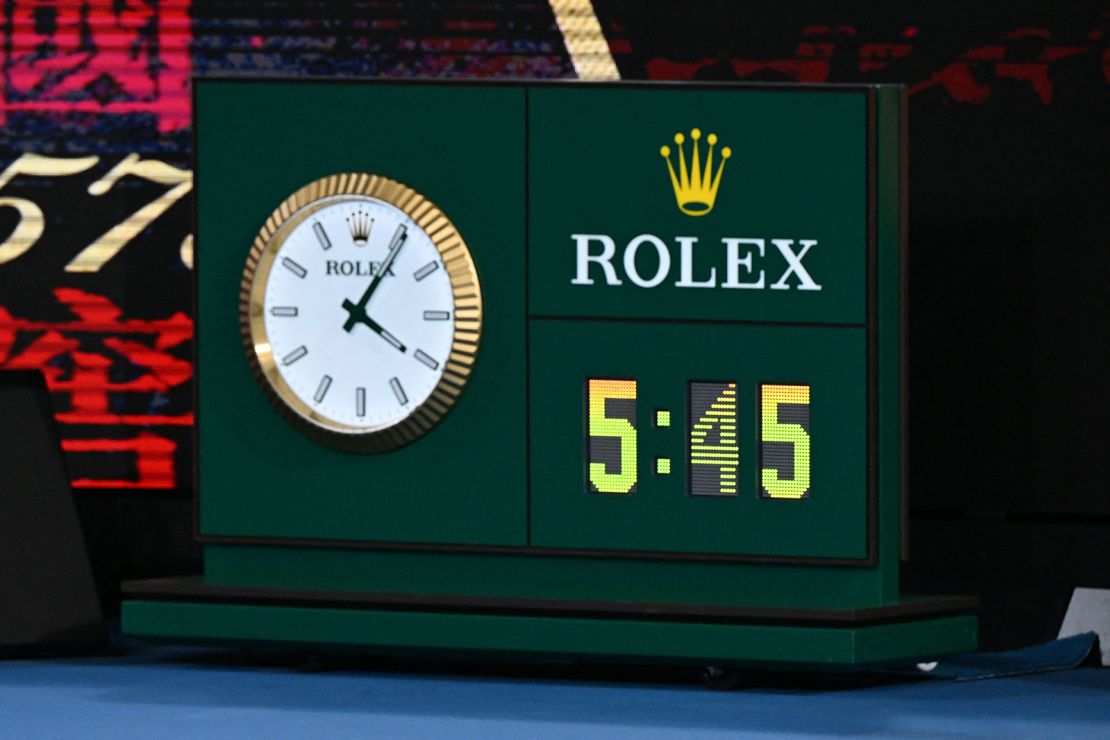Next year, the Australian Open will extend its schedule by one day in an effort to ease the strain on players and fans. This decision comes after several intense matches in previous years that concluded late into the early morning.
The revised 15-day timetable for the start of the Australian Open in January is a response to increasing demands to reduce the length of matches in a jam-packed schedule, which often results in matches running late into the night and causing physical strain for players.
During the current tournament, Andy Murray and Thanasi Kokkinakis became known for their epic match which ended at 4:05 a.m. in the second round after almost six hours of play.
Murray, a former top-ranked player and winner of three major tournaments, was extremely angry not only about the length of the game but also because he was not allowed to take a bathroom break during the match.
During the initial rounds of the competition, the Australian Open follows a rigorous schedule where five matches are typically played daily on the main courts. This includes three matches during the day session and two in the evening.
“We have taken into account the feedback from both players and fans and are thrilled to introduce a solution that will reduce the occurrence of late finishes while ensuring a fair and just schedule for matches played on the stadium courts,” stated Craig Tiley, tournament director of the Australian Open.

The tournament’s initial round will now span three days instead of the previous two, alleviating the pressure during the hectic beginning.
In 2024, the Australian Open will now take place on January 14-28, with a Sunday start that will add 5 more sessions across three arenas (from 47 to 52). However, it is unclear if there will be a designated end time for night matches, as organizers have not mentioned it.
The match between Murray and Kokkinakis had the second-latest ending in the history of the tournament.
In 2008, Lleyton Hewitt defeated Marcos Baghdatis in a five-set match at 4:33 a.m., following Roger Federer’s four and a half hour win over Janko Tipsarevic earlier in the day.
The late endings are advantageous for viewers in Europe and North America, as they can witness the excitement and intensity of a five-set match during their daytime. However, they are not as enjoyable for the players and spectators present at the event.
In tennis, there is no time limit, allowing matches to continue until a player wins.
Three of the four major tennis tournaments – the Australian Open, the French Open, and the US Open – currently have night sessions scheduled. However, Wimbledon ends its evening sessions at 11 p.m. and any unfinished matches continue the next day.
The curfew at Wimbledon, which was put into effect in 2009, was designed to ensure the safety of spectators as they leave the venue. However, there have been instances where this cutoff has left fans on edge during the most thrilling matches.
The longest recorded professional tennis match took place at Wimbledon in 2010 between American player John Isner and French player Nicolas Mahut. It lasted for 11 hours and spanned over three days before Isner emerged as the victor.
Reporting for CNN was provided by George Ramsay.
Source: cnn.com



